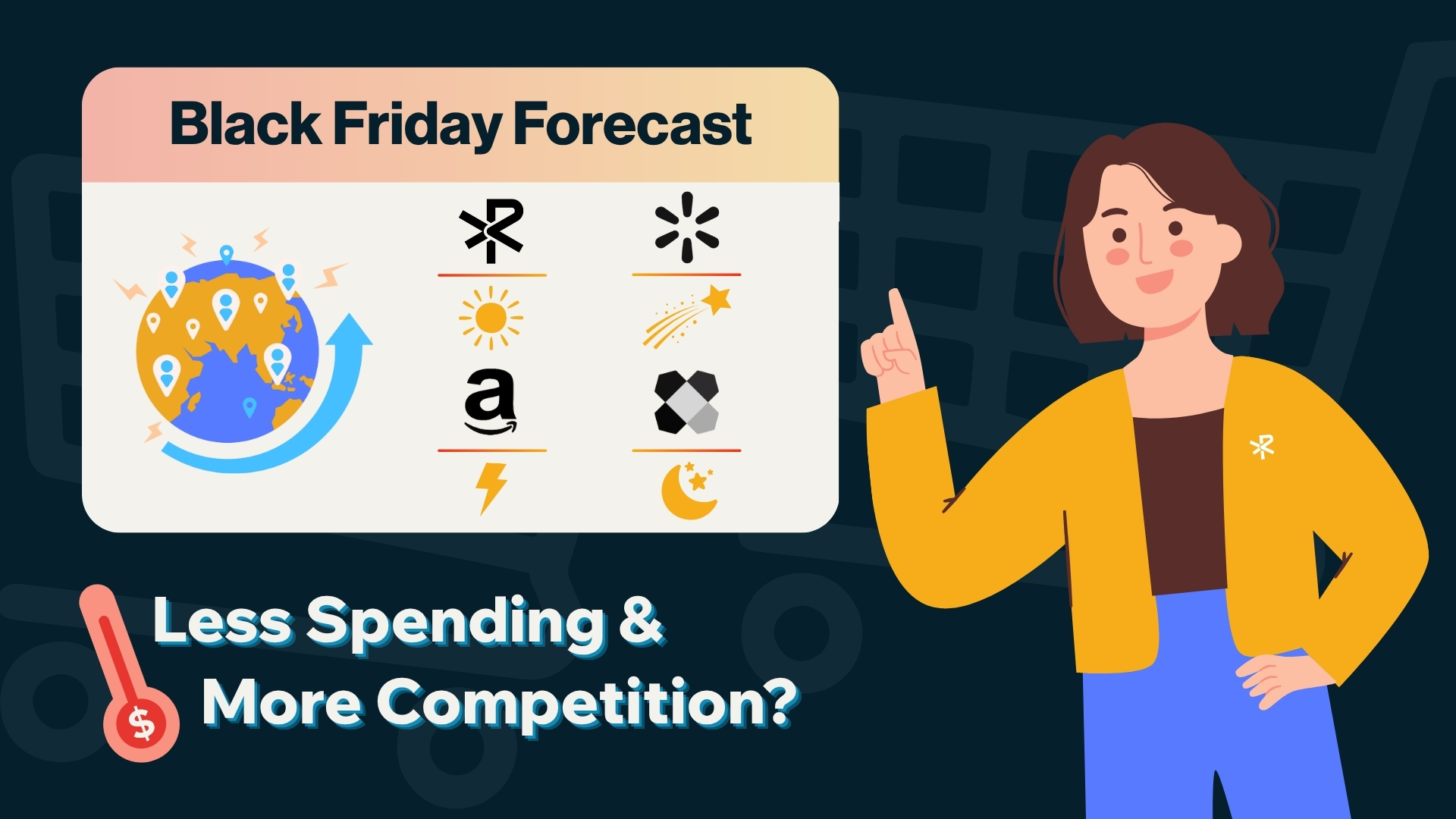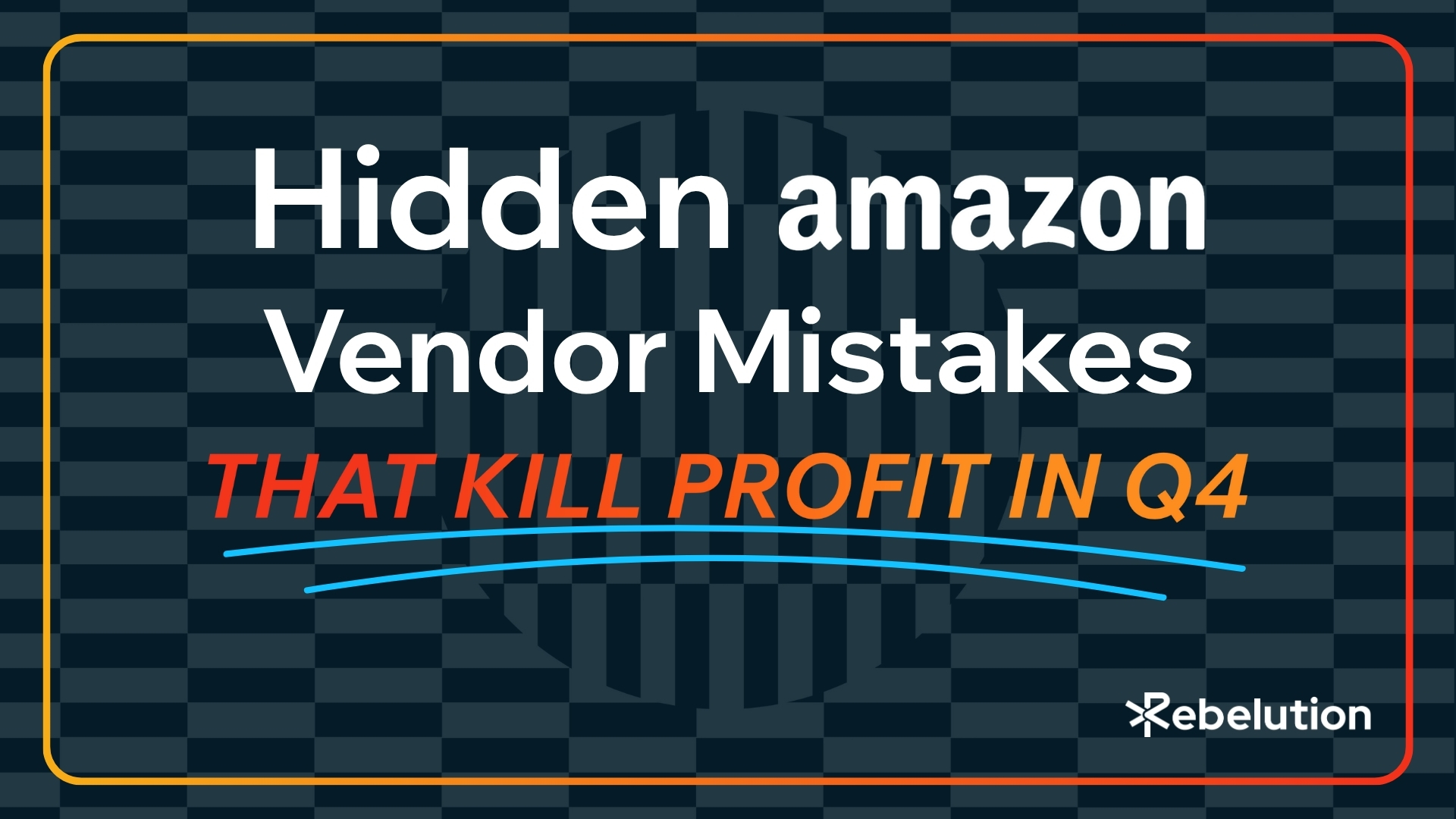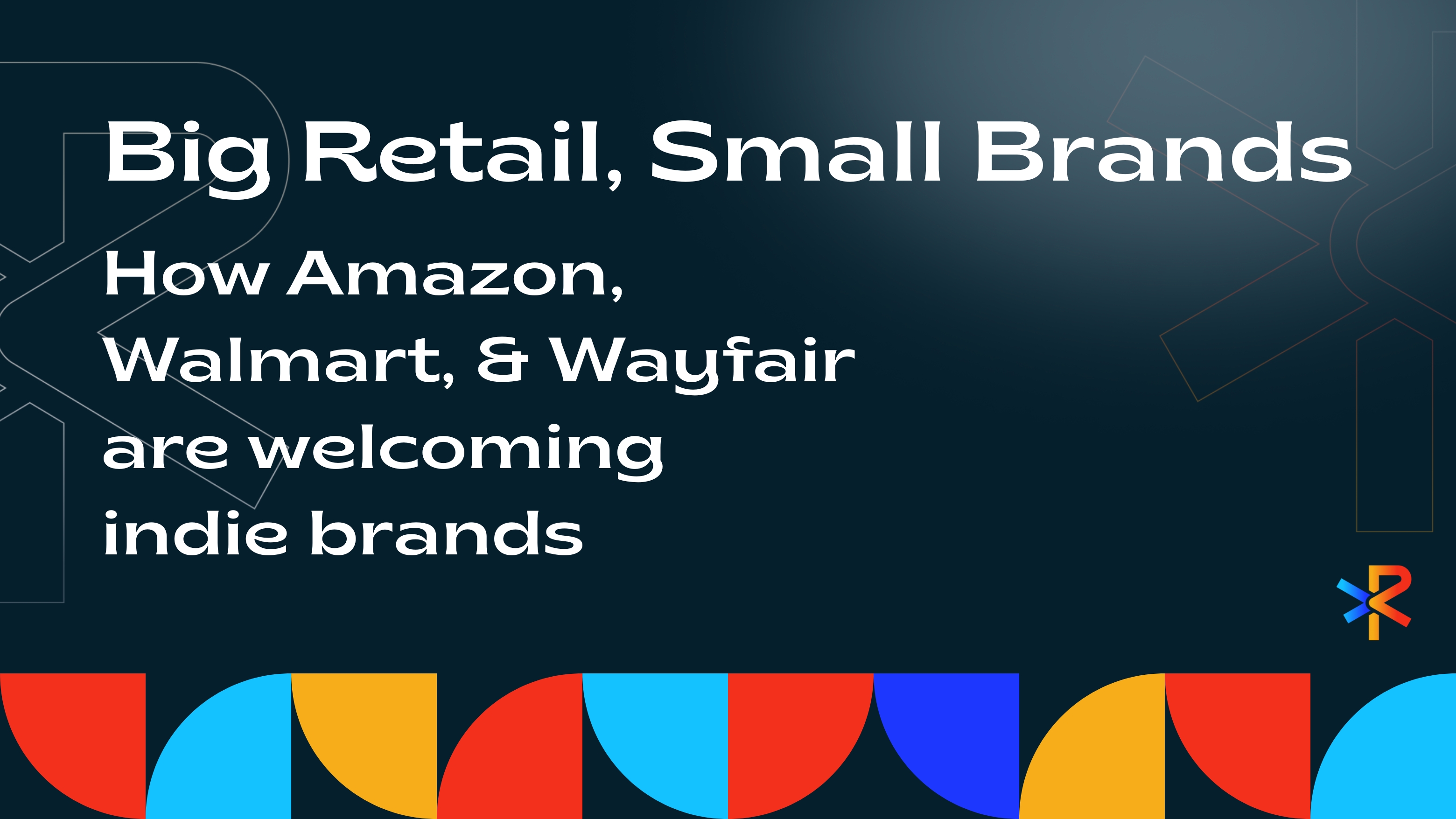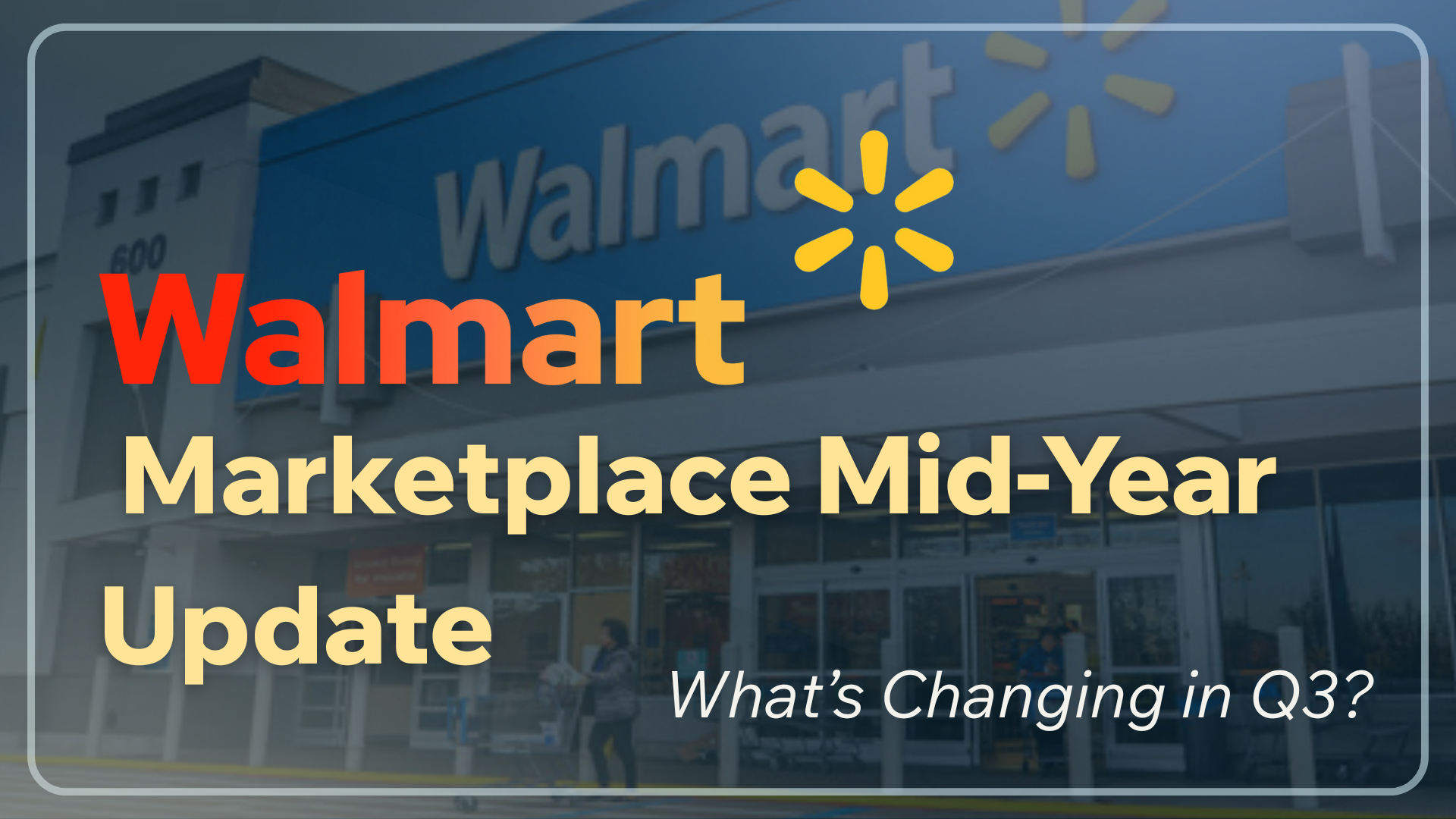The holiday rush is coming, and e-commerce brands are deciding between first-party vs third-party selling models to maximize seasonal success. Each model has its pros and cons, especially when the Q4 shopping surge puts pressure on profitability, logistics, and brand control. This guide takes an analytical look at these three pillars to help you decide which model aligns with your business before the holidays hit.
When evaluating first-party vs third-party selling, profitability is a major factor.
Margins and Pricing: 1P selling usually means lower per-unit margins since you're selling at wholesale prices. Retailers may lower your retail price to stay competitive, squeezing your bottom line. In contrast, 3P sellers set their own pricing and can retain more profit per sale, assuming costs like fulfillment and marketplace fees are well managed.
Costs and Fees: 1P sellers often benefit from predictable bulk purchase orders and consolidated costs, with the retailer managing shipping, marketing, and returns. 3P sellers face variable costs, commissions, storage, and fulfillment, but gain flexibility to adjust pricing and protect their margins.
Volume vs Profit Tradeoff: Retailers may place large 1P orders in Q4, which can be great for cash flow. But 3P sellers benefit from capturing retail value on each unit. Wayfair, for example, uses a 1P-like dropship model, offering predictable pricing but less control. In contrast, Amazon’s 3P model gives full control with responsibility.
The logistics burden differs significantly between first-party vs third-party selling models.
Fulfillment Responsibility: In 1P, you ship inventory to the retailer’s warehouse and they handle the rest. This can simplify operations during Q4. In 3P, you’re responsible for every step of the fulfillment process unless you use tools like FBA or WFS, which blend the models.
Holiday Readiness: Retailers running 1P programs are well-equipped to handle the Q4 spike. For 3P sellers, ensuring adequate inventory and timely shipping is critical. Missing platform cutoffs for services like FBA can mean missing out on peak sales.
Risk Management: In 1P, inventory risk is transferred to the retailer once they buy it. In 3P, you own the stock until it sells. If your forecast is strong and your logistics are dialed in, 3P can lead to greater rewards, but also higher risk.
The decision between first-party vs third-party selling also hinges on control and customer experience.
Pricing and Promotions: In 1P, retailers control promotions and discounts, often without notice. This may disrupt MAP policies or harm your premium image. With 3P, you’re in control of pricing strategies and discount windows.
Product Listings: First-party sellers usually defer to the retailer’s content management system, giving up control over images and descriptions. Third-party sellers can optimize listings, use brand storytelling, and enhance pages with rich media, especially on platforms like Amazon with Brand Registry.
Customer Relationship: 1P sellers don’t own the customer relationship; the retailer does. In 3P, you handle customer service, returns, and communications. This can be time-consuming, but also offers a direct feedback loop and brand touchpoint that’s invaluable during the holidays.
Choosing between first-party vs third-party selling comes down to your goals, resources, and capabilities. If you prioritize simplicity and scalability, first-party models may suit your needs this Q4. But if you value margin control, direct branding, and pricing flexibility, third-party selling gives you the reins.
Many brands adopt a hybrid strategy → going 1P on some platforms while maintaining a strong 3P presence elsewhere. The right path is the one that aligns with your fulfillment readiness, profit goals, and desire for brand ownership.
Now’s the time to decide. Whichever model you choose, make the shift before peak season hits. Your future Q4 self will thank you.

Meghan is a digital marketing specialist and analyst at Rebelution eCommerce, focusing on internal strategies. With a strong background in market analysis and initiative development, she enhances internal communications and ensures marketing efforts align with business goals. Her strategic approach improves the efficiency and impact of Rebelution’s marketing operations.



Experts expect the slowest U.S. holiday growth since the pandemic—even as online sales rise. See the Black Friday sales forecast, what’s driving competition on Amazon, Walmart, Lowe’s, Home Depot, Wayfair, and how to win.


The biggest Amazon vendor Q4 mistakes aren’t what you think. Learn the hidden operational, financial, and data traps that quietly destroy holiday margins.


Learn how Amazon, Walmart, and Wayfair empower small business ecommerce brands with tools, reach, and growth opportunities.


Explore how Evolution Outdoor, in partnership with Rebelution, achieved a remarkable 65% increase in year-over-year sales...

.jpg)
Explore how Evolution Outdoor, in partnership with Rebelution, achieved a remarkable 65% increase in year-over-year sales...


Explore how Evolution Outdoor, in partnership with Rebelution, achieved a remarkable 65% increase in year-over-year sales...


